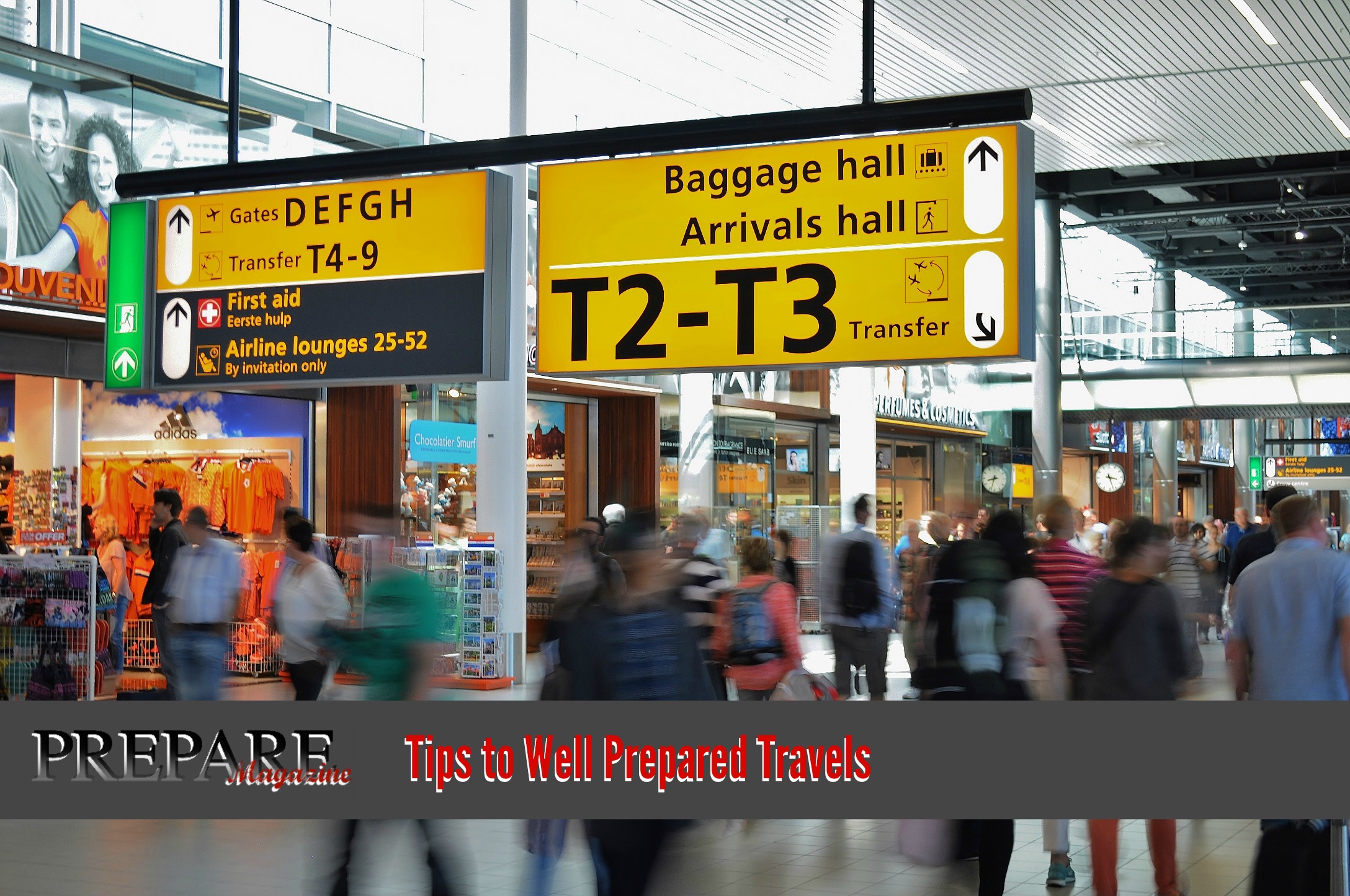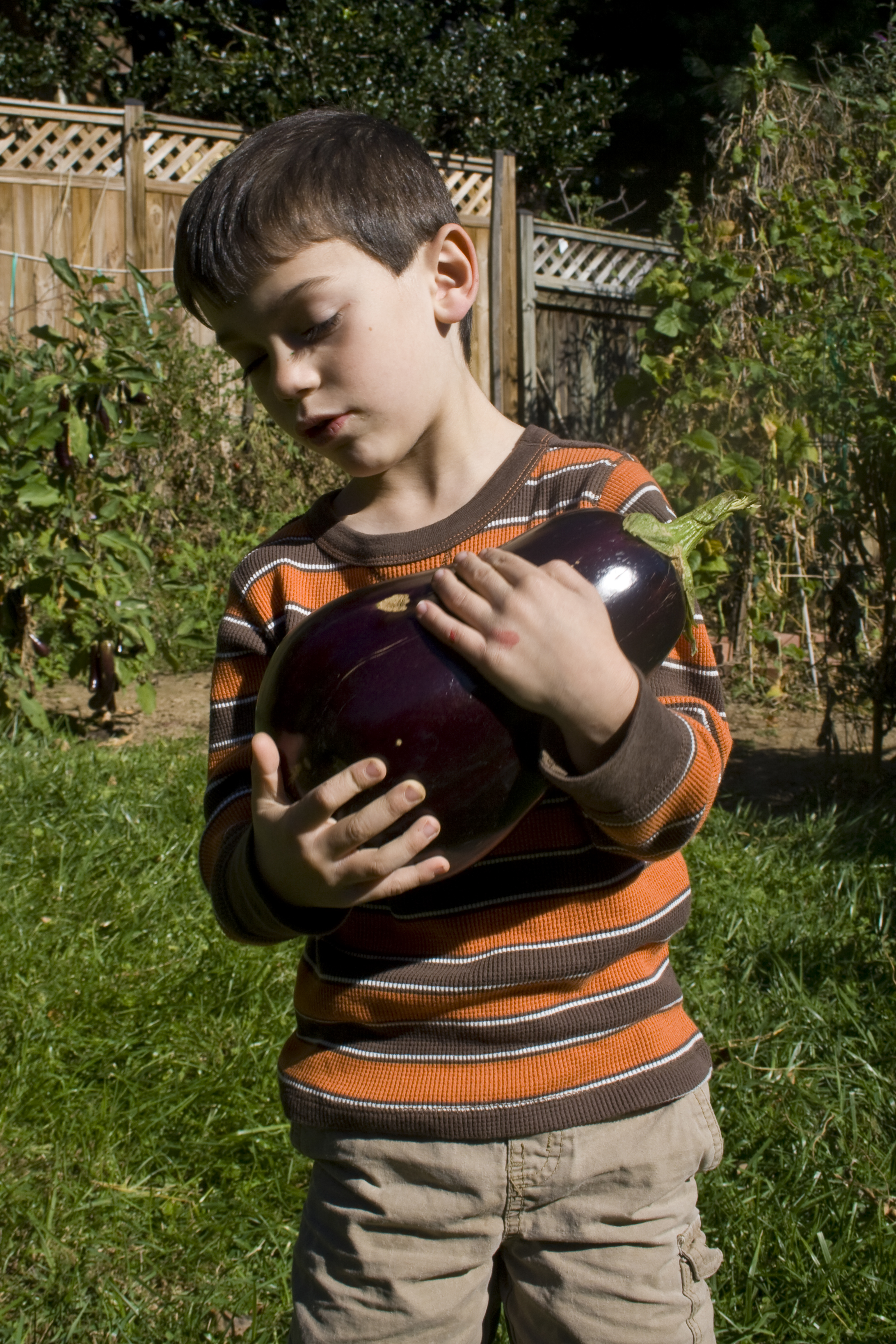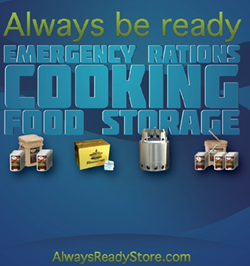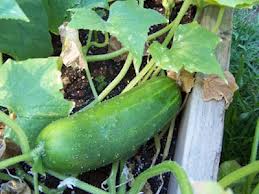 In a preparedness lifestyle, preparing beyond your storage food is essential.
In a preparedness lifestyle, preparing beyond your storage food is essential.
With today’s economy and food borne illnesses a very real possibility, many people are wisely turning to backyard gardening to help with their food supply. For some families it has become a necessity, while for others it is basically a productive hobby. From an economics standpoint, not to mention health perspective, raising your own vegetables just makes excellent sense even at a very small level.
Of course, everyone has a different level of understanding and experience when it comes to growing food. Some people give-up any thoughts of planting crops because they immediately picture a task that is overwhelming and beyond their resources.
The truth is, you do not need acres of land or tons of garden soil to get started. In fact, if planned properly the time and effort required to grow vegetables to feed your family is fairly minimal. For people who are making preparations for potential difficulties ahead, the benefit is certainly worthy of the time investment.
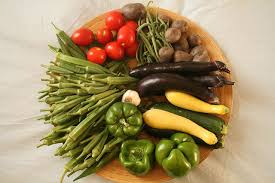 Another key point that needs to be emphasized is the nutritional consumption element. Ready meals that are typically used as emergency food storage, typically do not have the nutritional value that our bodies need to function properly. They are okay for a short-term food supply, but are probably not the best solution for lengthy consumption. Many of the “ready meals” are high in salt and other preservatives that help with the storage, but give no benefit to our bodies health. In reality, our bodies are not getting the live nutrients that we need to stay healthy. Growing live vegetables will help give us nutrients that are required for us to function at peak performance.
Another key point that needs to be emphasized is the nutritional consumption element. Ready meals that are typically used as emergency food storage, typically do not have the nutritional value that our bodies need to function properly. They are okay for a short-term food supply, but are probably not the best solution for lengthy consumption. Many of the “ready meals” are high in salt and other preservatives that help with the storage, but give no benefit to our bodies health. In reality, our bodies are not getting the live nutrients that we need to stay healthy. Growing live vegetables will help give us nutrients that are required for us to function at peak performance.
With that said, let’s discuss some growing solutions to supplement your food supply!
It is that time of year again, seedlings are being displayed and pallets of potting mix are everywhere you turn when visiting your local home and garden store. So how do you get started? What vegetables grow best and where, and what skills do you need? Virtually any type of vegetable can be grown anywhere and if you can handle a trowel, you have the skills needed. Let nature do all the heavy lifting.
Below is a list of vegetables that can be grown on a patio, in a backward planter, a cultivated section of the backyard, or even grown in random pots.
- Tomatoes Can Be Grown In Pots Or Sow Directly In Well Cultivated Soil
- Bell Peppers
- Herbs Such As Parsley Chives Dill Tarragon And many Others In Planter Boxes Pots Or Sown Directly Into The Garden Plot
- Hot Peppers Of All Types To Include Jalapenos And Cayenne
The list is by no means comprehensive. Use your imagination and you can grow anything practically anywhere. What do you need to get started? First, you need a sunny location. Vegetables, unlike certain flowers thrive in full sunlight; in fact, they need at least six to eight hours of direct sun daily.
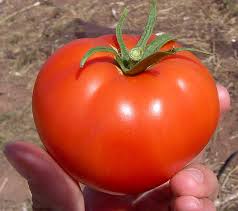 Tomato plants in particular suffer low yields and the plants become “leggy” if they do not get enough sun. What happens is the plant in its effort to reach sunlight will grow long stems void of foliage. The plant will grow tall but will have a very limited yield. The plants are weaker and will be more susceptible to pests and disease. Tomatoes need at least six hours of sunlight daily. The plants also need up to two inches of water weekly.
Tomato plants in particular suffer low yields and the plants become “leggy” if they do not get enough sun. What happens is the plant in its effort to reach sunlight will grow long stems void of foliage. The plant will grow tall but will have a very limited yield. The plants are weaker and will be more susceptible to pests and disease. Tomatoes need at least six hours of sunlight daily. The plants also need up to two inches of water weekly.
Tomato plants are self-pollinating (do not need bees for pollination) so they are very popular for patios and even sun-rooms. The plant produces both the male and female blossoms. If the plants are grown in an enclosed area, you will need to shake the plants gently once the plant shows blossoms. Shaking allows the pollen to fall from one blossom to another. If planted outside nature handles this by providing a breeze from time to time. Cucumbers squash, and various other plants will need active bees to ensure pollination.
Tomatoes and cucumbers need warm soil and balmy nights. It is not advisable to transplant until the average nighttime temperature is above 50 degrees Fahrenheit or 10 degrees Celsius. Tomato plants if started indoors will need to be slowly introduced to the outdoors. Place the plants outdoors for a few hours daily, until ready to plant in the ground. This hardens the plants by exposing them to varying temperatures and breezes. The tomato plant senses the change. Soon it will begin to grow thicker stems to store and transport water and to support the plant. Plants that are not hardened have less of a chance of surviving.
When transplanting, bury as much of the plant as you can. Some experts say 80 percent of the plant should be buried. This ensures strong stems and heavy foliage. To produce larger tomatoes, some gardeners prune their plants. This allows the plant to direct more nutrients and water into each fruit. This reduces the yield but produces larger tomatoes.
To grow organically you should have a compost pile. Compost is simply the decomposition process of organic material. Household scraps such as overripe fruit, potato peels and so forth. However, do not compost animal waste, bones or meat. You can compost grass clippings, yard waste and so on.
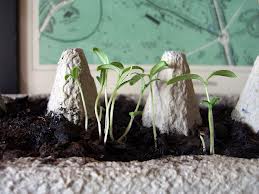 The compost is a fertilizer. Mix it with top soil, peat moss or potting soil. You can also mulch with it around the base of the plants to inhibit weed growth and to retain moisture. Herbs such as dill, garlic and even green onions act as a natural pest repellent. You can plant these herbs in any garden area to ward off plant eating pests.
The compost is a fertilizer. Mix it with top soil, peat moss or potting soil. You can also mulch with it around the base of the plants to inhibit weed growth and to retain moisture. Herbs such as dill, garlic and even green onions act as a natural pest repellent. You can plant these herbs in any garden area to ward off plant eating pests.
Do not let any vegetables languish on the vine so to speak. Tomatoes can be picked early and they will ripen after picking. Pick cucumbers before they become too large, because they will produce more seeds and become tough when allowed to get to big. Moreover, harvesting regularly will increase the overall yield.
By: Pierce Jacobson
[wpgfxm_divider divider_image=”css”]
Pierce Jacobson is a family man who enjoys homesteading, writing, and researching food growing models. He has been studying self-reliance and preparedness systems for many years, and believes that we are heading toward difficulties that will require us to be less-dependent on the existing infrastructures. He practices and teaches his own survival skills and growing models, to help better-prepare for the days ahead.



